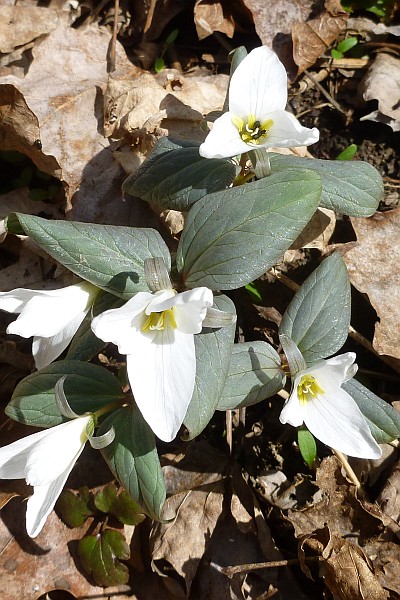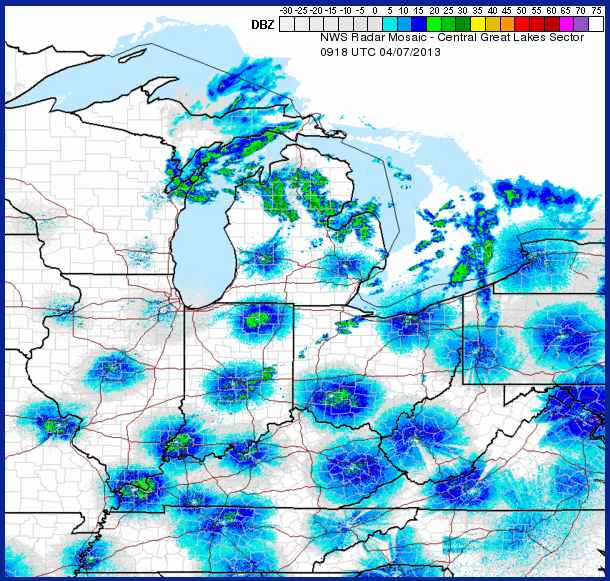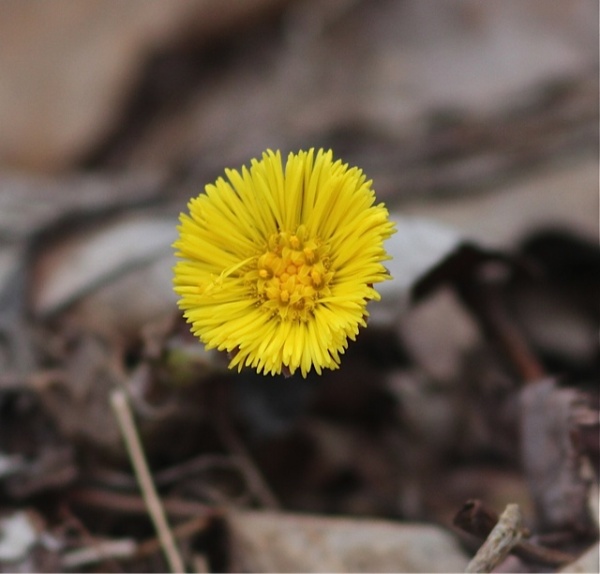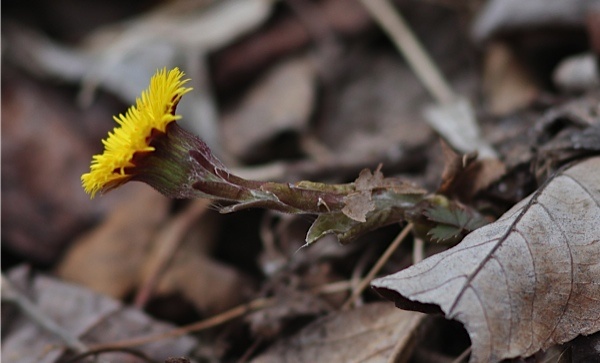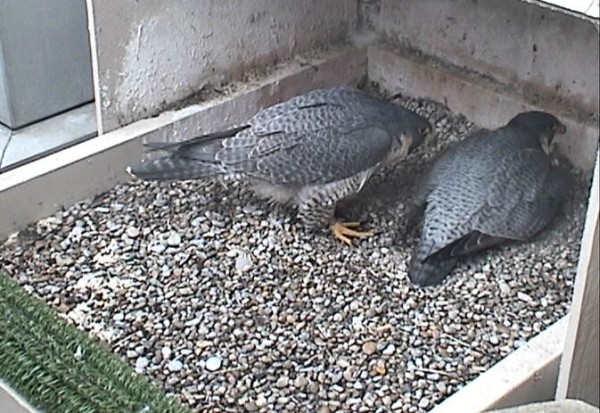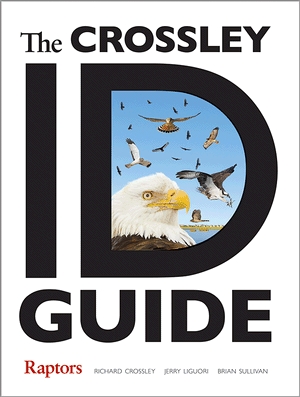
I just opened The Crossley ID Guide: Raptors and could barely put it down to tell you about it.
Birders and Hawk Watchers, you’re going to love this book.
The first half of this slim volume (286 pages) is devoted to color plates of raptors. Crossley’s method is to build the plate with the bird’s typical habitat in the background. Then he adds sharp in-focus photos of the birds taken from every possible angle, in a variety of lighting and at various distances. The flood of photos provides enough images that you “get it.” This is what the bird looks like in the field.
For solitary species this flood of birds is fictional. You’ll never see that many of them in the same place at the same time unless you’re at a hawk watch — and that’s where Crossley’s mystery quiz plates are a real help!
Among the ID plates are double-page spreads of mixed species. After I learned about zone-tailed hawks (I’ve never seen one) I tried the “Dark Raptors of the Southwest” quiz on pages 108-109. It really helped to see them soaring at a distance near turkey vultures. Wow! they are similar.
The second half of the book contains range maps and beautifully written species accounts by Jerry Ligouri (Hawks from Every Angle) and Brian Sullivan. Here’s an excerpt from the peregrines’ Flight Style: “Their powerful, fluid, whiplike, rolling wingbeats enable them to accelerate to high speeds in seconds. They are steady in flight at all times!”
Peregrine fans will really love page 136, the first plate of peregrine falcons. The background habitat is a city where peregrines breed today, the home of “SW” who hatched in Pittsburgh and is now Queen of the Terminal Tower. You guessed it! The setting is the skyline of Downtown Cleveland with SW’s home in the center of it all.
Click here for a sampler of The Crossley ID Guide: Raptors, including the urban peregrine page. Click on the photo above to order the book from Princeton University Press.
p.s. There are 10 peregrines on page 136. Can you find them all? Did I miss one?
(book cover photo from Princeton University Press. Click on the image for more information and to order the book)
